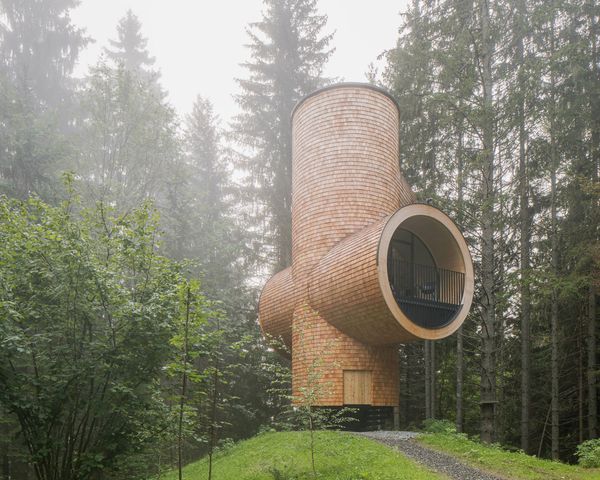He has designed an award-winning hand hygiene scanner, a smart and space-saving wheelbarrow, and reconsidered the iconic Tisza SPORT footwear. The work of designer András Húnfalvi, one of the founding designers of Flying Objects design studio, has been covered by Hungarian and international design magazines in recent years—this time we asked the designer not only about his projects, but also about his personal favorites and desired objects. What did he like most about Naples and its surroundings, which Hungarian fashion designer’s fashion show would he visit, and how would he explain to his grandmother exactly what he does? And at the very end of the storm of questions, we asked him to pass the baton. Designers in the spotlight, part one!
1. An item designed by a fellow designer or colleague that you would like to own (or perhaps already own).
I am a big fan of the furniture of Annabella Hevesi (lineandround.io), anything could come from their new collection, the “Burnt Geometry”. Perhaps I’d prefer a geometric enamel lamp or a Dedas sofa—they’re wonderful. My co-founder Feri Laufer’s new side project “Relief” tiled stove tiles are also quite cool, I would love to have that in my living room.
2. Your favorite café or restaurant, where we might bump into you.
I’m not a real gourmet, and sometimes I’m too lazy to leave the 8th and 9th districts of Budapest. Fortunately, there are many good places nearby: I am often in the Cintányéros, and the perfect sushi is in Kicsi Japán, which is in a completely impossible place. I love Vas Manci, and the best pizza in the area is at SALVE.
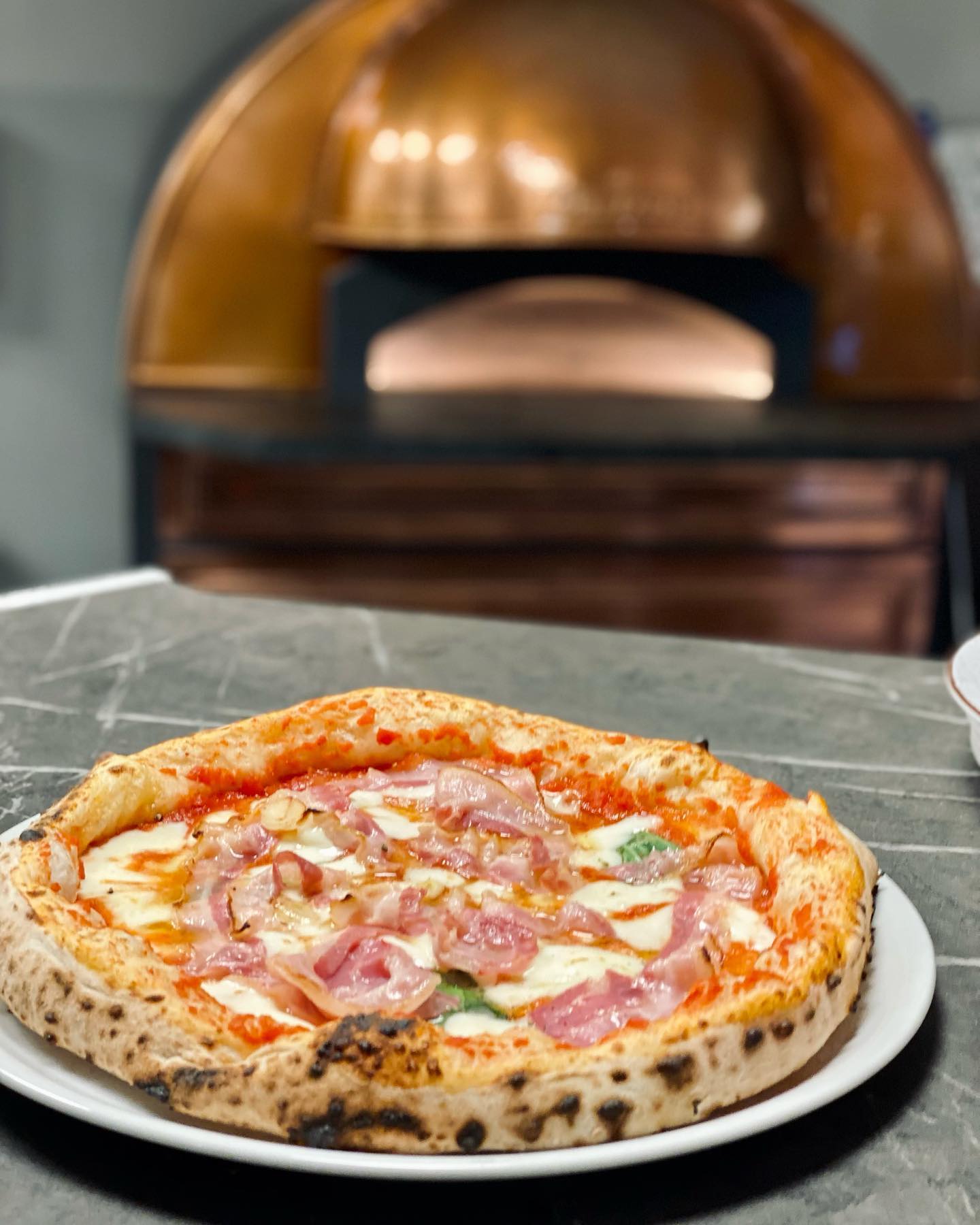
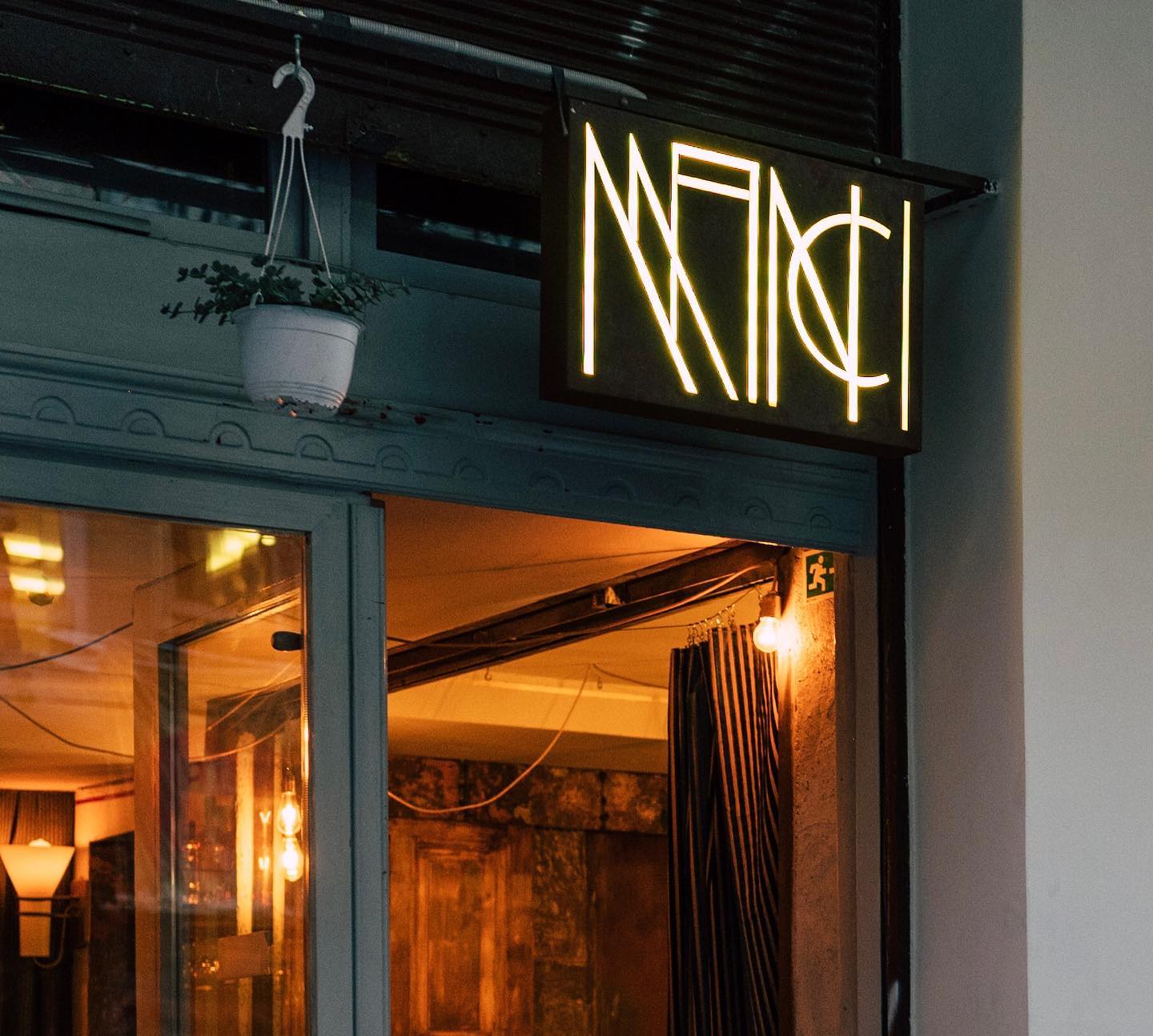
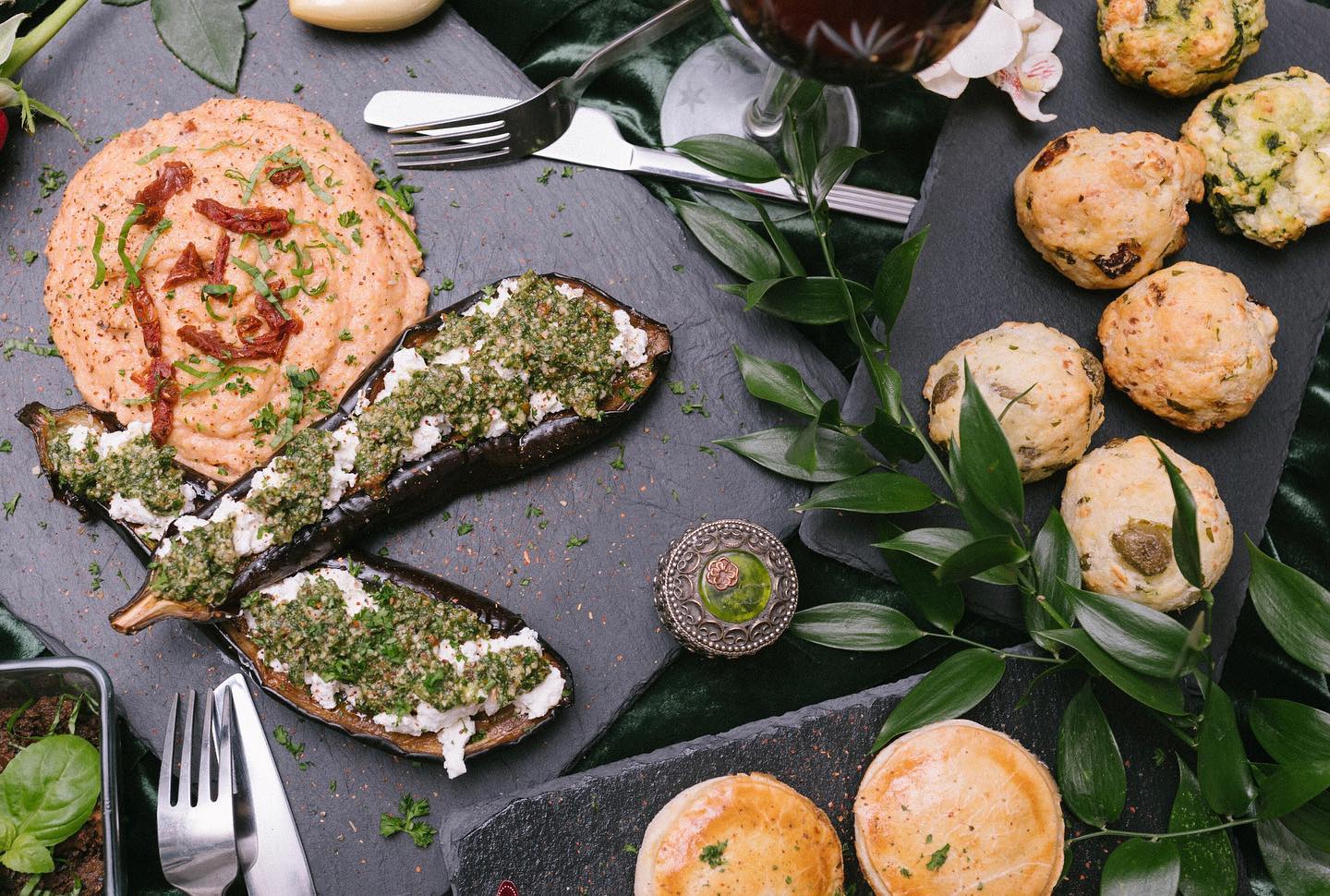
3. Which Hungarian architect would you be happy to ask to design a house or apartment for you?
If I wanted to build a house, I think I would not go wrong with BIVAK (Tamás Máté and Áron Vass-Eysen).
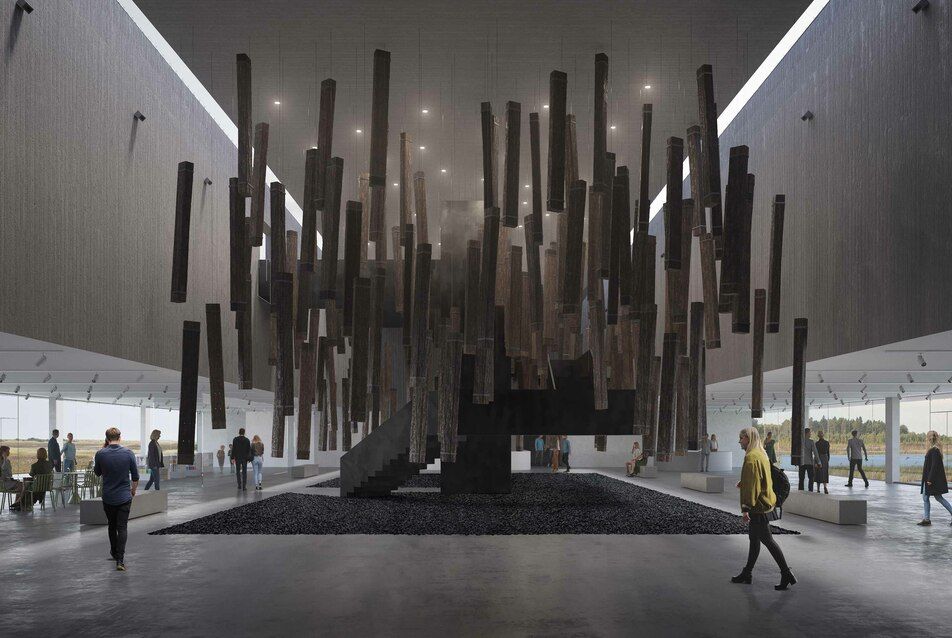
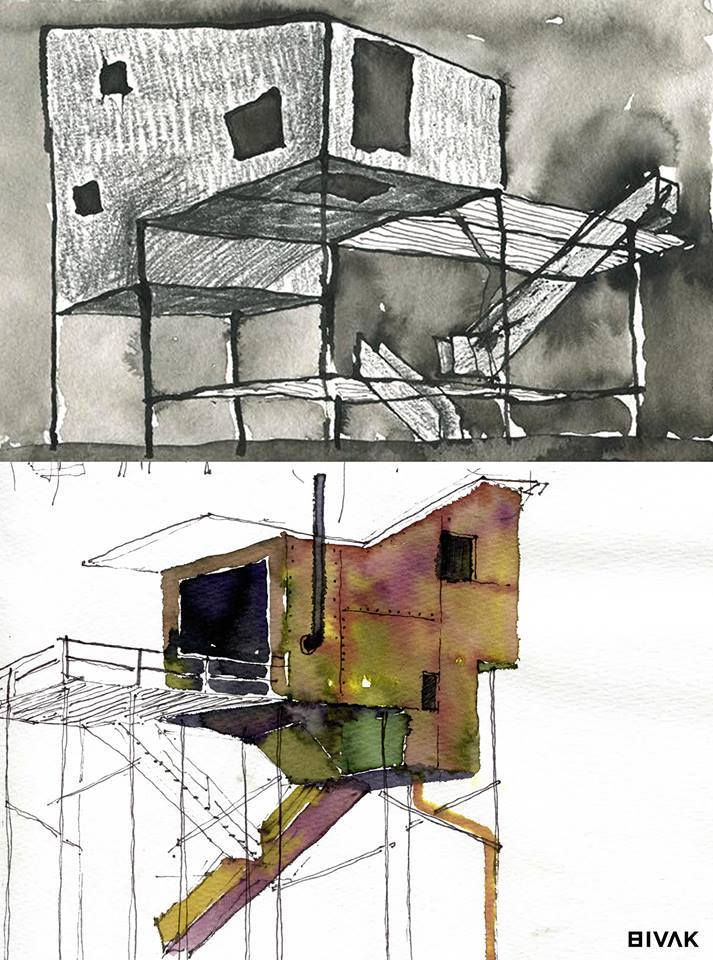
4. A guilty pleasure or kitsch that you admire. (It’s time you told us!)
There are a lot of them. But it is only real if one loves it without irony: Italian pop music from the canzone napoletana to the italo disco, (from here leads straight to the ’80s German schlagers) I love modernist porcelain knick-knacks, matchbox cars and airplanes models.
5. A Hungarian (designed) book that you would like to buy for yourself just because of the cover.
Melinda Mártonffy: “Buildings with cour d’honneur in Budapest I-II.” If I weren’t interested in the topic, I’d still want to buy it.
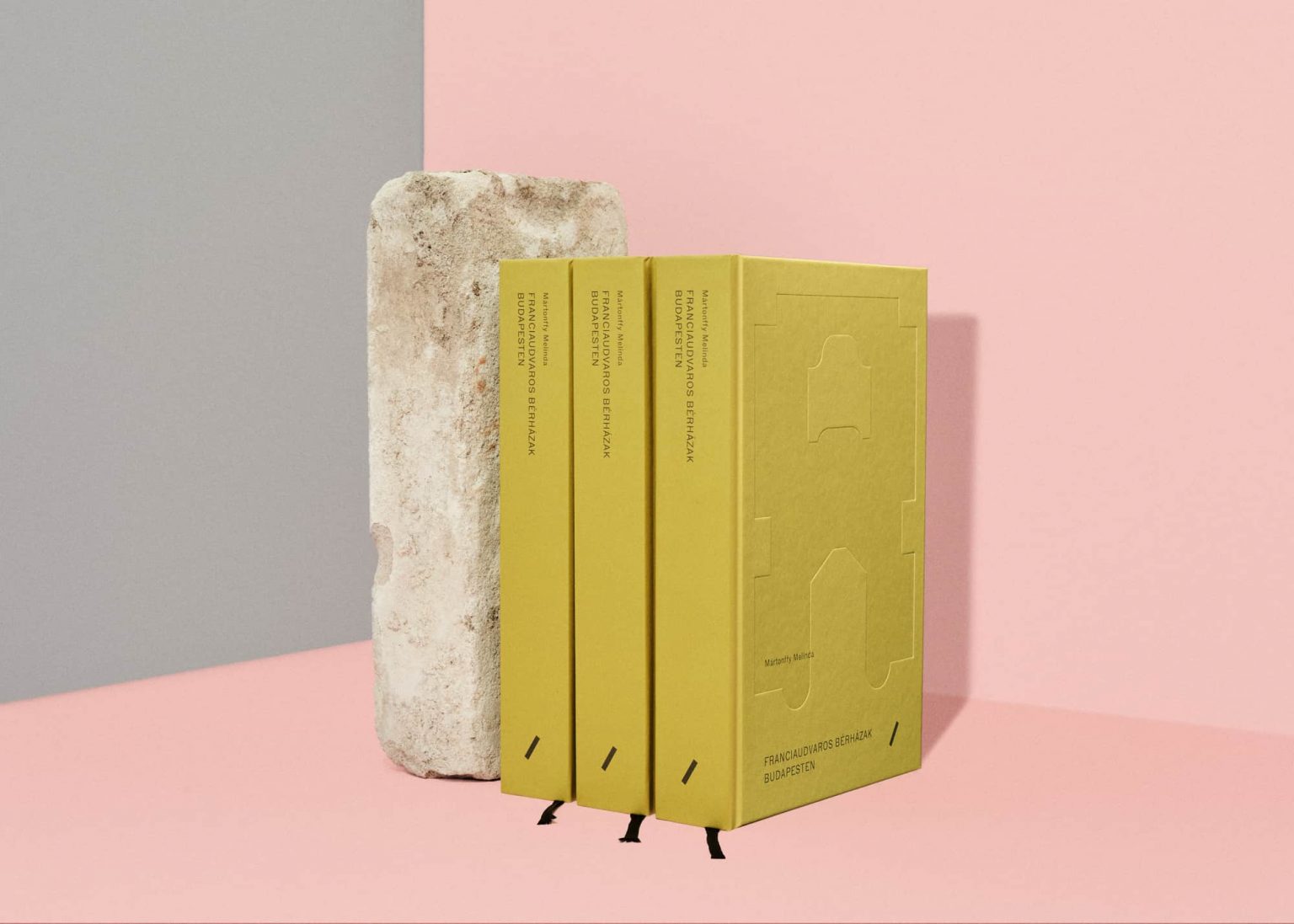

6. If you had to explain to your grandmother what you do, what would you say?
I’d say I design things that make you feel better. For example, her miracle vacuum cleaner or the WMF Wagenfeld salt and pepper shakers she gave me. Luckily, my grandma understands what I do quite well, has a good taste and always had a flair for object culture.
7. Which region, city or district do you think is definitely worth exploring for architecture lovers in Hungary?
The rehabilitated part of Ferencváros in Budapest, from the József Avenue: the streets are full of experimental postmodern buildings, which now are much more exciting than 15-20 years ago, when they were newly built. It is sometimes worth looking up, focusing on a building, you can easily get some Berlin or even North Korea vibes.
Outside of Budapest, my favorites are the small villages of Nógrád, where the classical palóc architecture is the perfect functionalist design, and in addition, it is surrounded by the most beautiful landscapes in the country.
8. What did you surprise someone with last time?
An Alvar Aalto vase. It was a success.

9. What perfume do you use?
Bvlgari Aqua Marine. I’m actually running out, so it might be something else soon. Before that, I used the Versace Eau Fraiche for 15 years. I loved it. Maybe I’ll go back to it.
10. Which Hungarian designer’s fashion show would you like to be in the front row of?
The show of Bori Györök. I admire her work, though I often don’t understand fashion. This is an occupational hazard, a product designer thinks more of the clothes than the fashion part. Bori has great clothes.
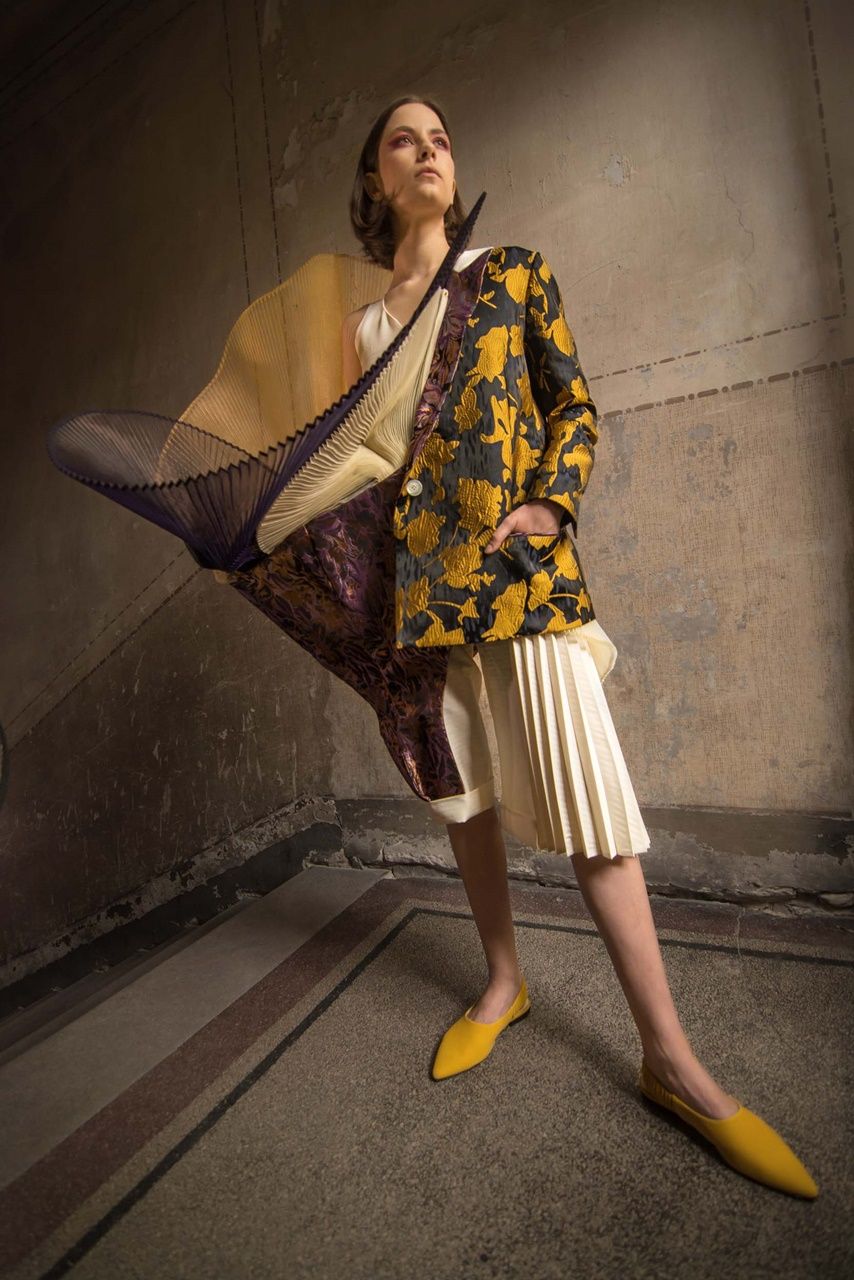
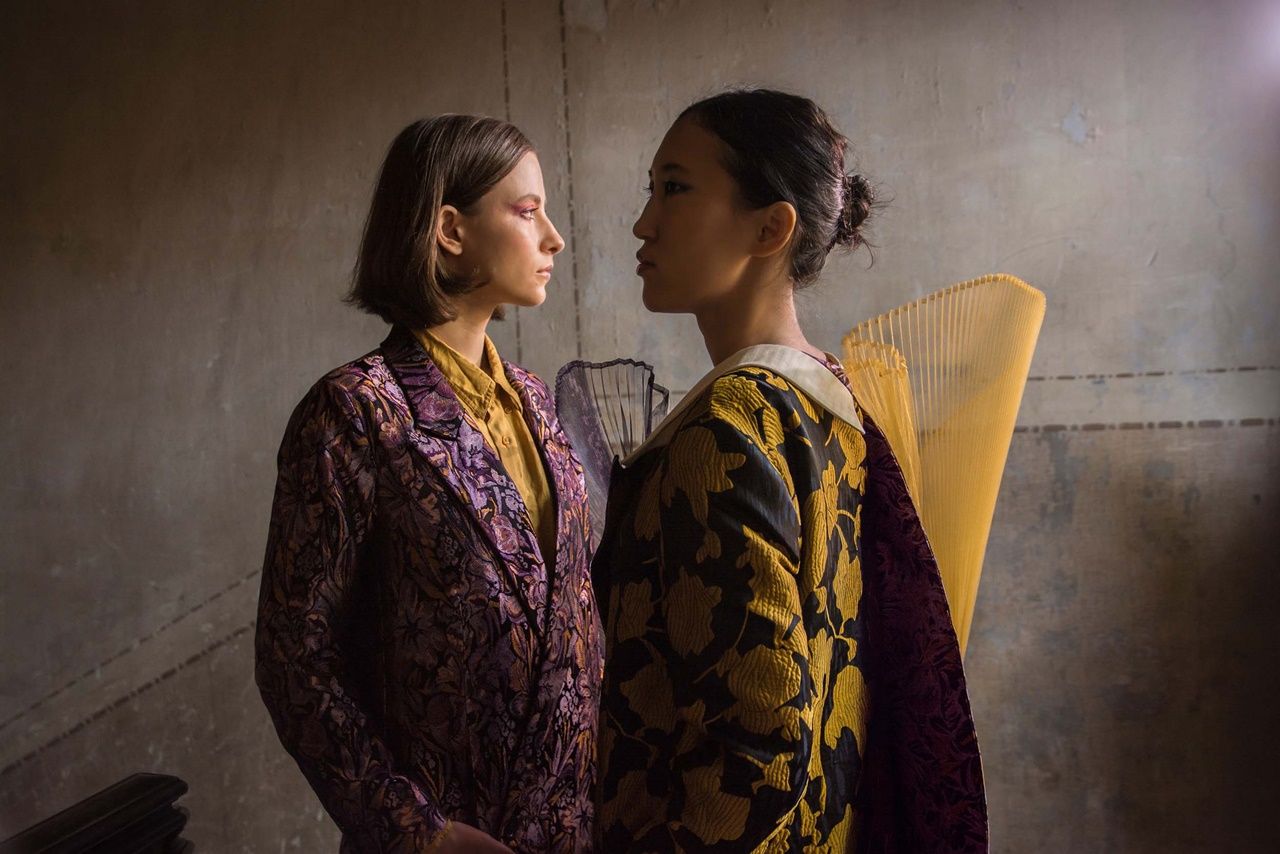
11. What is the biggest misconception about designers, which is not true at all?
The designer designs the product to be “beautiful”. In fact, the designer is responsible for making something usable, lovable and sellable. Being aesthetic is a consequence of all this. There are many similar misconceptions, but I see positive changes.
12. What was your sign in kindergarten?
Dominoes. I didn’t have a choice. I started late, that was the only one left. András Kerékgyártó, my kindergarten group mate, then my colleague at MOME (and a great furniture designer) got something cooler as far as I remember.
13. What are the three qualities that are important for you to have in a designer?
Critical thinking, curiosity, flexibility.
14. Recently you were in and around Naples. What did you enjoy, and what did you like the most?
First, the off-season, slightly dreamy Amalfi Coast, and its total opposite, the completely eccentric and diverse Naples, where I loved to walk, eat simple things and drink negroni at the Lungomare.
+ 1. Who would you pass the baton to and what would you ask them now?
Since we started with her, let’s say Annabella Hevesi: show me what your favorite ornament is and why?
We are happy to report on the successes and recent projects of our designers, but we are also interested in much more. In our series, we ask surprising, unexpected or very obvious and personal questions to the representatives of the design profession, and at the same time we ask them to pass the baton on to one of their colleagues.
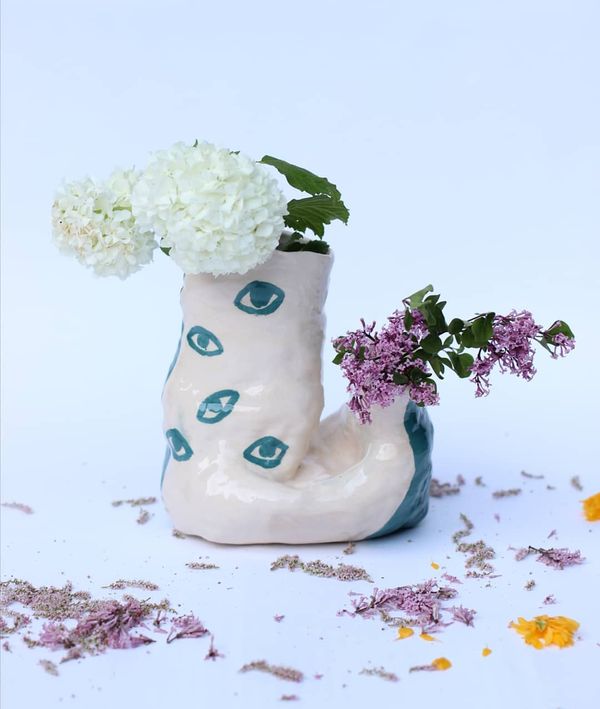
Lively ceramics for a gloomy day | TOP 5

Hyundai to launch flying public transport by 2028
